You will find a Canary Island that suits your tastes and budget with year-round sunshine.
A vast volcanic mountain range beneath the Atlantic Ocean exposes the tips of this Spanish archipelago off the north-west coast of Morocco. Throughout the 1990s, the Canary Islands were a prime tourist destination due to their irresistible combination of Moroccan and Spanish flavours, year-round sunshine and a wildly varied topography, leading to an over-tourism epidemic. There is a trove of wildly diverse islands waiting to be discovered for travellers who look past these dated assumptions.
In addition to otherworldly volcanic landscapes, lush pine forests, secret rocky coves, and swathes of sand dunes, Tenerife, Lanzarote, and Gran Canaria are neighbouring islands with captivating scenery. It is a year-round destination with excellent weather, historical towns, unusual festivals, and outstanding food and wine. A stylish beach hotel, an agriturismo Airbnb, a bohemian yurt, or a cliff-hugging private villas are just some of the options for travelers. There is a Canary Island for every traveler, whether you’re a road cyclist who loves exploring Gran Canaria’s remote corners, an architecture enthusiast who adores César Manrique’s structures on Lanzarote or a nature lover who adores discovering new species of wildflowers on tiny El Hierro, a UNESCO Biosphere Reserve
Tenerife
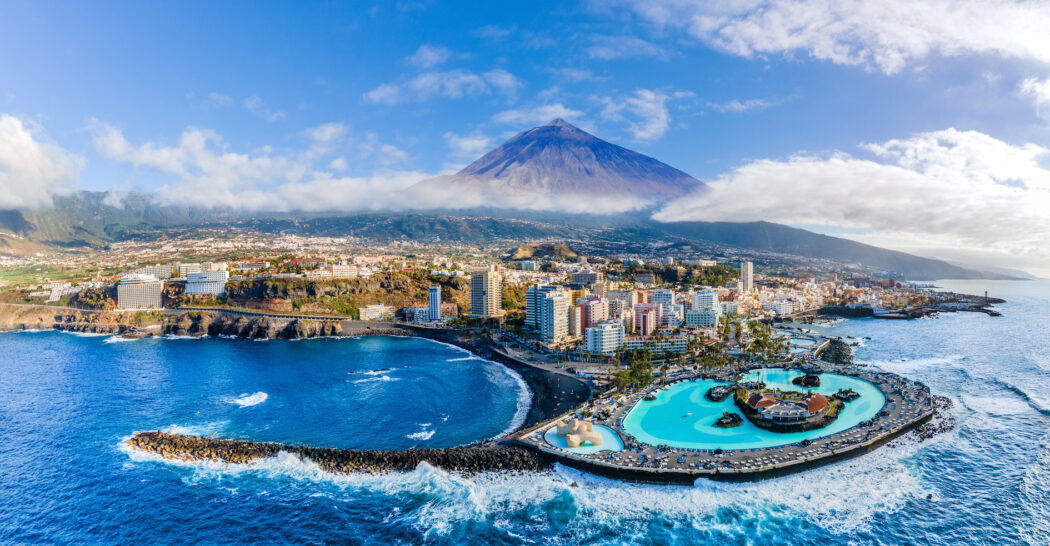
In addition to sophisticated hotels, brilliant food and a rich cultural offering, Tenerife is one of the largest and most developed islands in the world. Travellers can find unspoiled corners in the rugged, less developed north of the island, such as cobblestoned Garachico and colourful La Laguna, a place where the best of both worlds can be found.
This island is dominated by Spain’s tallest peak, Pico del Teide, which is crisscrossed by some of the best hiking trails on the Canary Islands. One of Tenerife’s cultural highlights is the Carnival of Santa Cruz in February, which is the second-largest parade after Rio de Janeiro. Tenerife Espacio de las Artes in Santa Cruz displays a wonderful collection of Oscar Dominguez’s paintings from his time as a Surrealist painter.
Gran Canaria
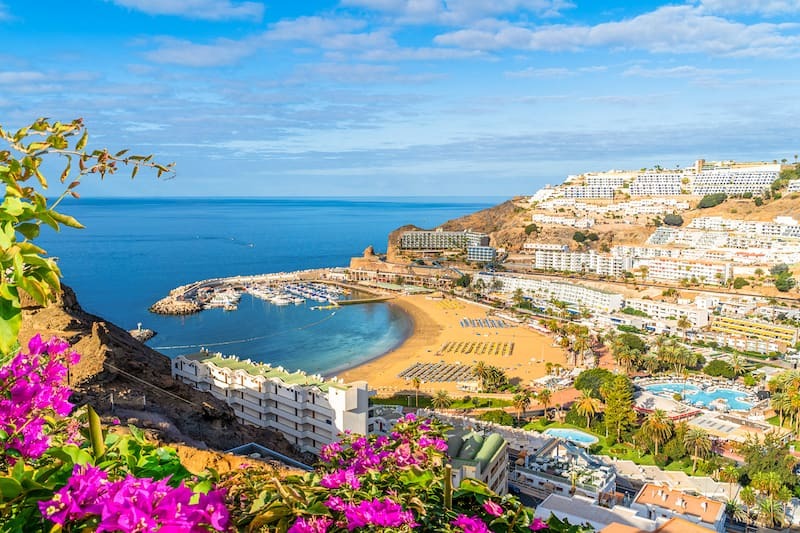
Often regarded as the most diverse island in the archipelago, the third largest island offers a mix of beach action, mountain hiking, and historical town visits. It is believed that Christopher Columbus plotted his five-week first voyage to America at the Casa de Colón, where over half of the Canarian population has settled here in Gran Canaria. Las Palmas boasts several historic sites, including the Cathedral of Santa Ana and the Casa de Colón. Modern explorers flock to Artenara for its dramatic views of the mountainous interior of the island.
La Gomera
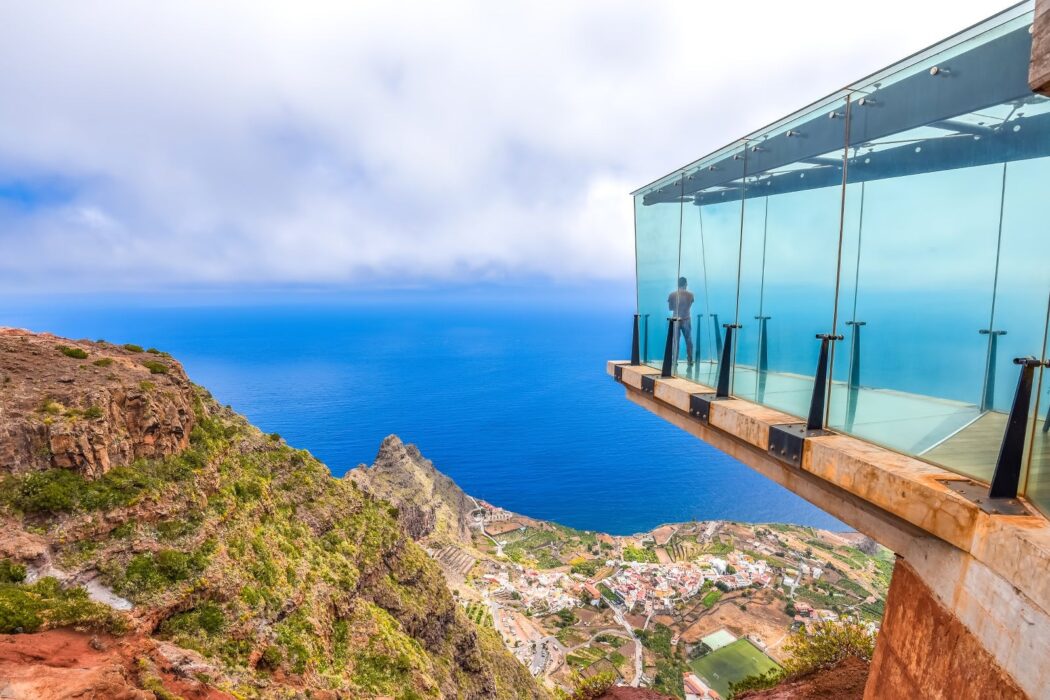
Known as the best Canarian island, this tiny island has some of the finest cuisine in the archipelago, vibrant craft scenes, and a local lingo known as Silbo Gomero, which consists of whistling sounds that can reach neighbouring villages as far as three miles away. Its capital, San Sebastián, serves watercress soup, papas arrugadas (potatos with chili-pepper sauce), and open-air workshops where potters spin traditional ceramics. In 2011, it was designated a World Biosphere Reserve despite measuring only 22 miles from east to west.
El Hierro
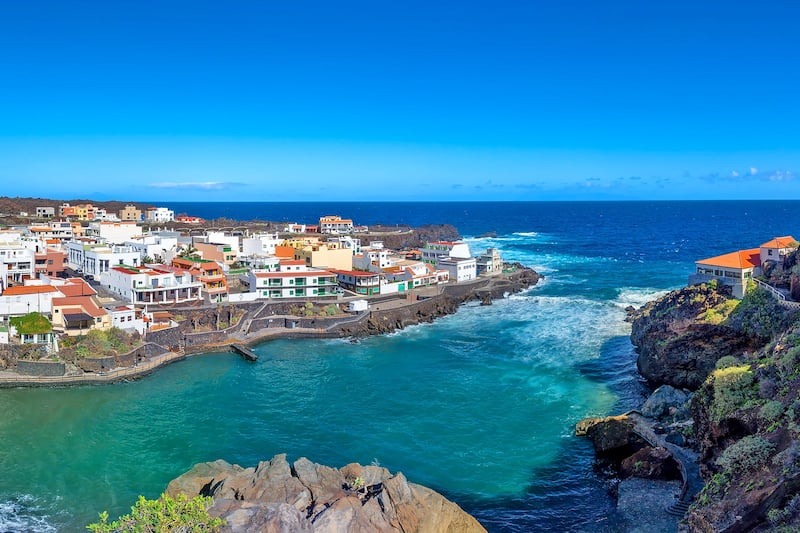
The least developed, second-smallest and most southwestern of the eight main Canary Islands, El Hierro is beloved by responsibly minded travellers for its small-scale, largely family-run enterprises, undulating hillsides dotted with wildflowers and for being entirely self-sufficient with renewable energy. El Hierro is a paradise for hikers, kayakers, snorkellers and surfers. It is remote, romantic and a haven for those who enjoy the outdoors.
The island is protected by UNESCO as a World Biosphere Reserve, and forward-looking regulations prevent the construction of buildings higher than two floors. There are 47 rooms at the Parador hotel, an oasis of low-key luxury and culinary sophistication among the more homespun guesthouses and restaurants around this untamed, traditional yet ecologically progressive island that appeals to intrepid adventurers as well as solitude-seekers. A three-hour ferry ride from Puerto de la Estaca in the north of Tenerife is ideal for flight-minimizing travelers who wish to visit multiple Canary Islands.
La Palma
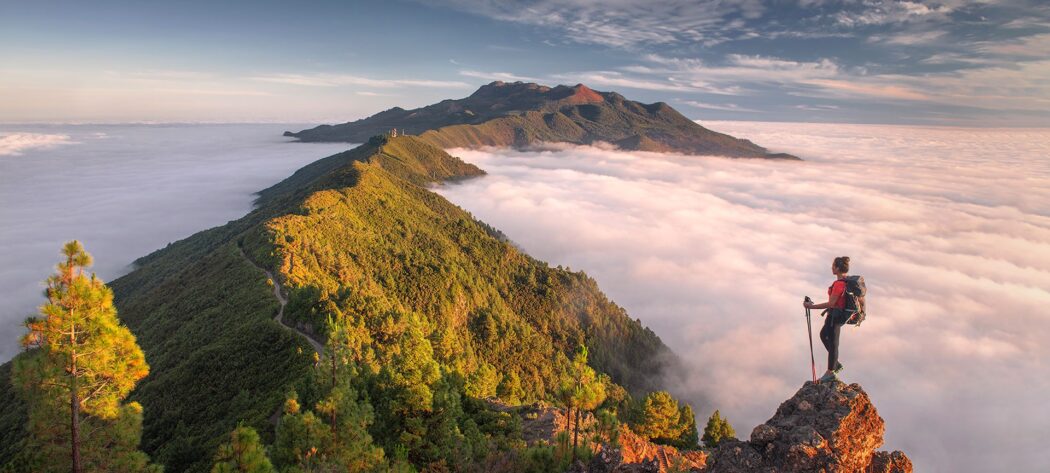
There are no mass developments on La Palma, the greenest island in the archipelago, since its black-sand beaches have avoided the mass development of the white-sand beaches on its largest islands. A 16th-century old town lined with grand manors and whitewashed residences makes Santa Cruz de La Palma the most beautiful island in the Canary Islands.
The island was the first in the Canaries to be designated a Biosphere Reserve in 1983, and it remains one of the quietest spots, preferred by travelers who prefer low-key luxury and nature over glitz and glamour.
Enchanted Forests dot the north, but volcanoes dot the south, where craters and rock formations mark the landscape.
Lanzarote
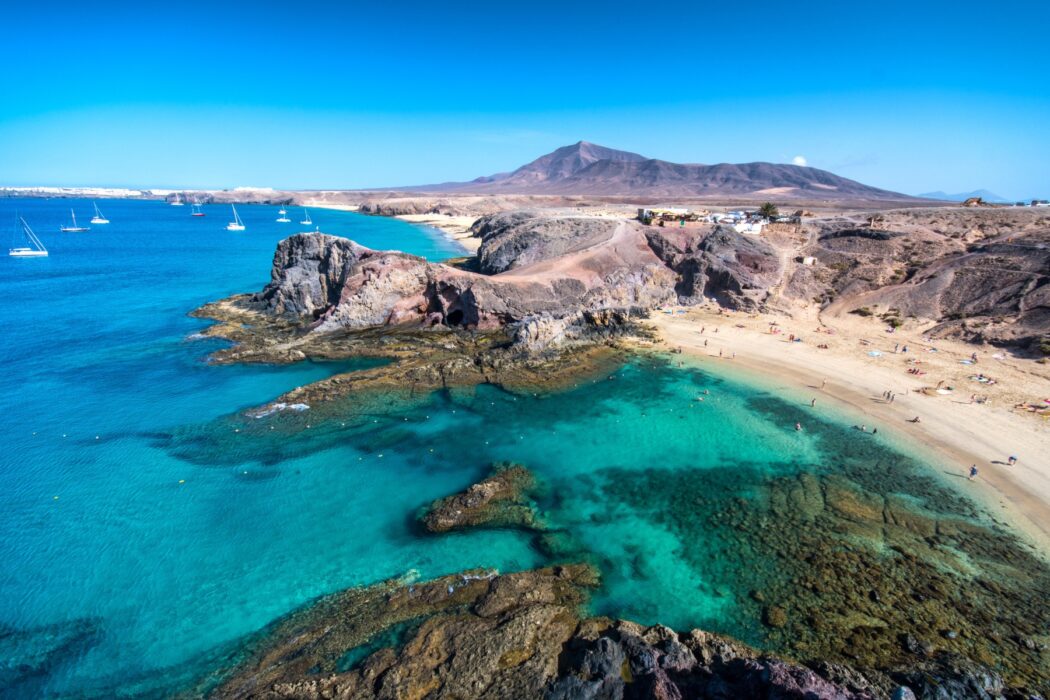
For those seeking a holiday that is a little different from the norm, this has always been the island of choice. Known for its lunar landscape and its faintly apocalyptic blackened lava fields, Lanzarote has 300 volcanic cones and a unique wine tourism experience. Volcanic vineyards offer a totally unique wine tourism experience. In addition to its glorious irregularity, Lanzarote’s bohemian ethos is rooted in the legacy of César Manrique, a Lanzarote artist, architect, and visionary from the 20th century. He built a cavernous underground music venue and nightclub, a Bond-like lighthouse, and a cactus garden.
There are a multitude of routes on Lanzarote, which makes it a dream destination for road cyclists, while surf shacks line the coast.
La Graciosa
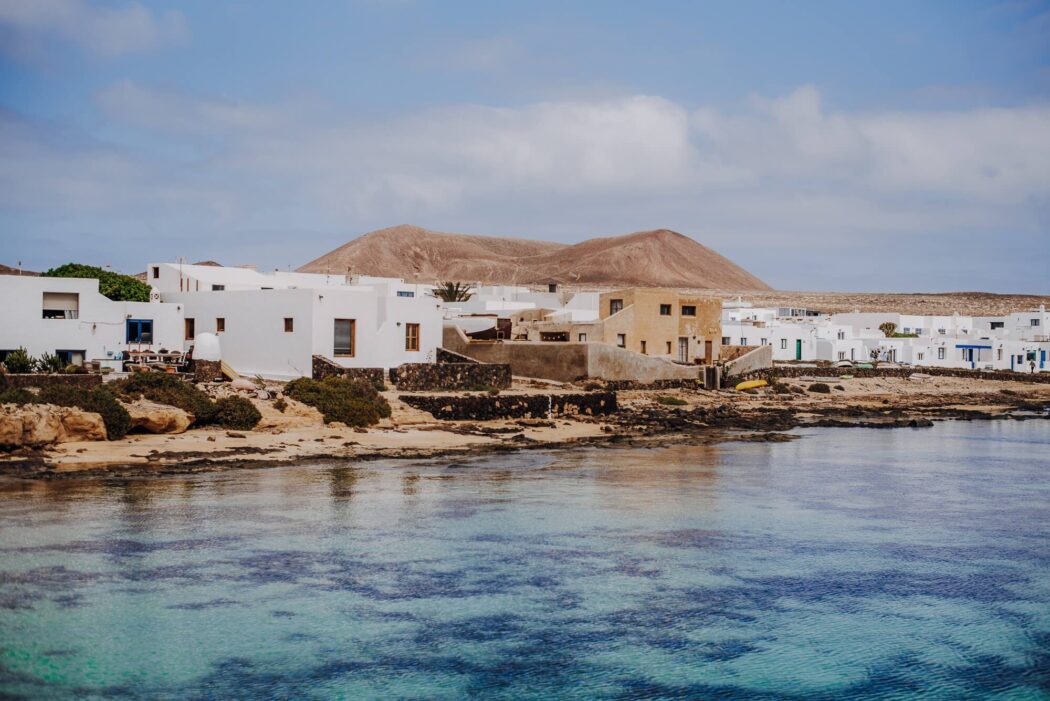
This tiny rocky outcrop with no paved roads and just 700 permanent residents was only officially declared an official Canary Island by Spain’s General Commission of Autonomous Communities of the Senate in 2018. There are a few modest guesthouses and restaurants on the island, as well as dirt roads that can only be accessed by foot, bike or four-wheel drive. La Graciosa is a UNESCO World Heritage site located just a half-hour ferry ride from Lanzarote. Some Airbnb hosts accept guests on their yachts in the tiny marina, but most accommodation is limited to campsites or cute rental cottages.



